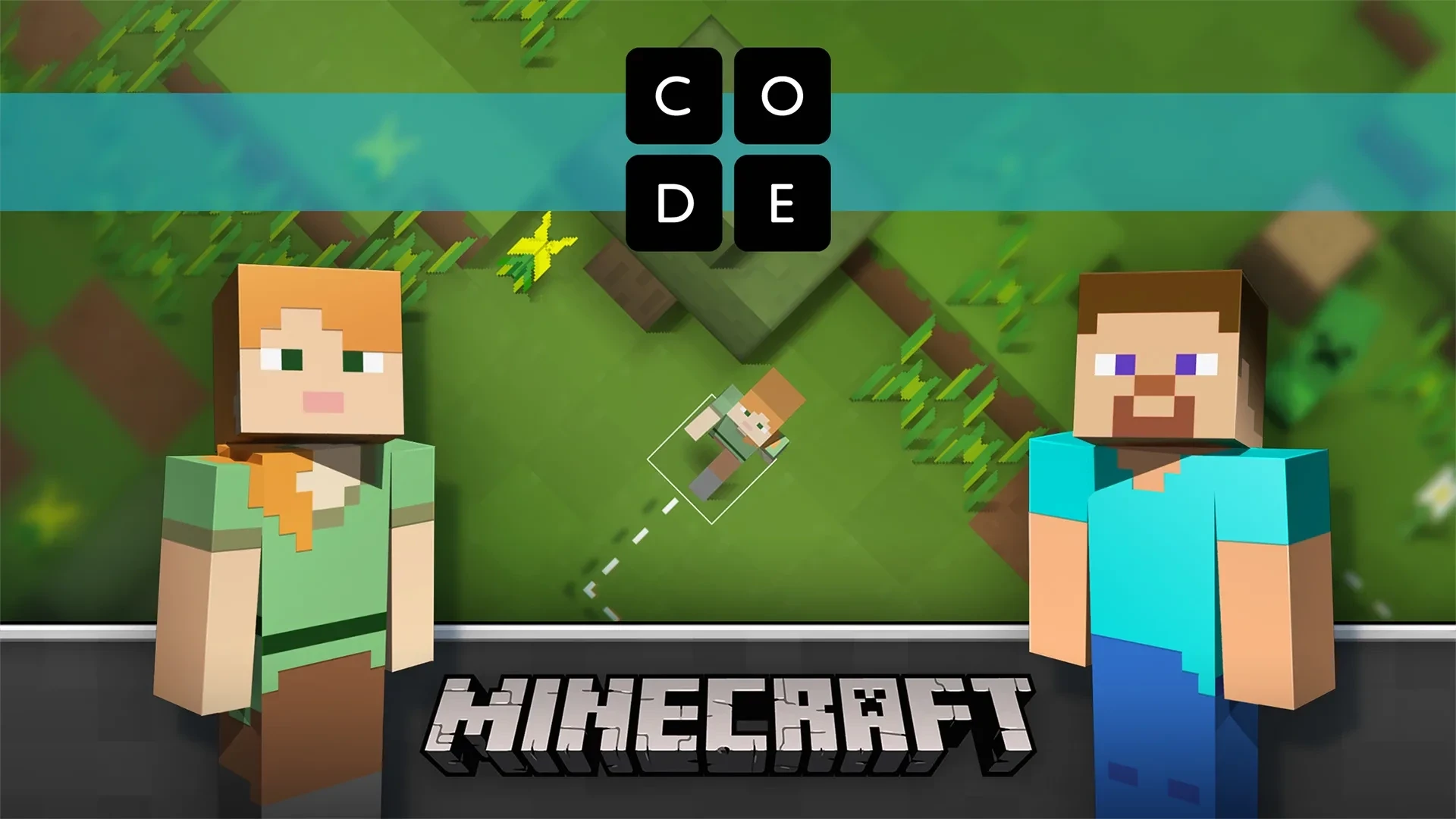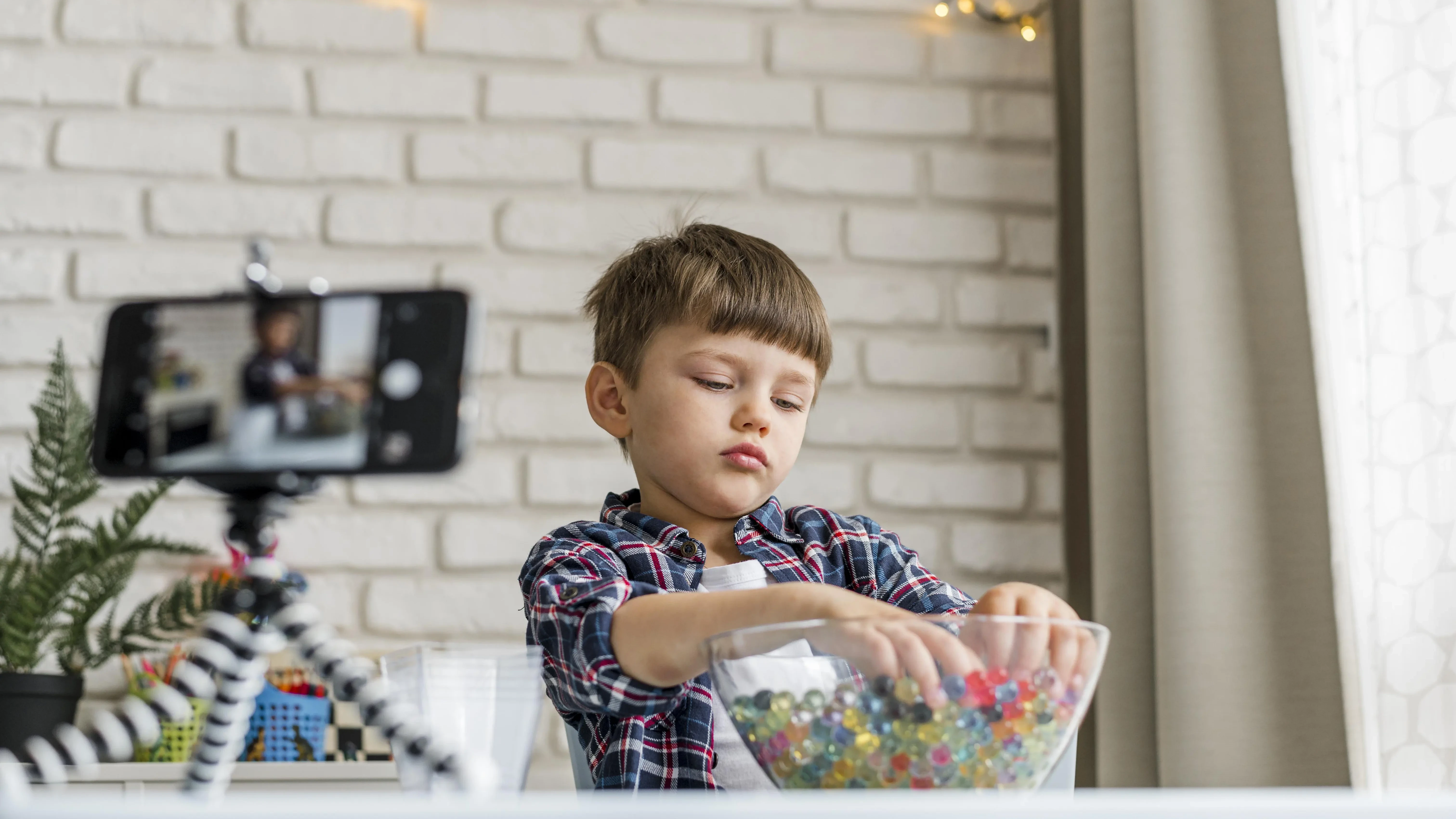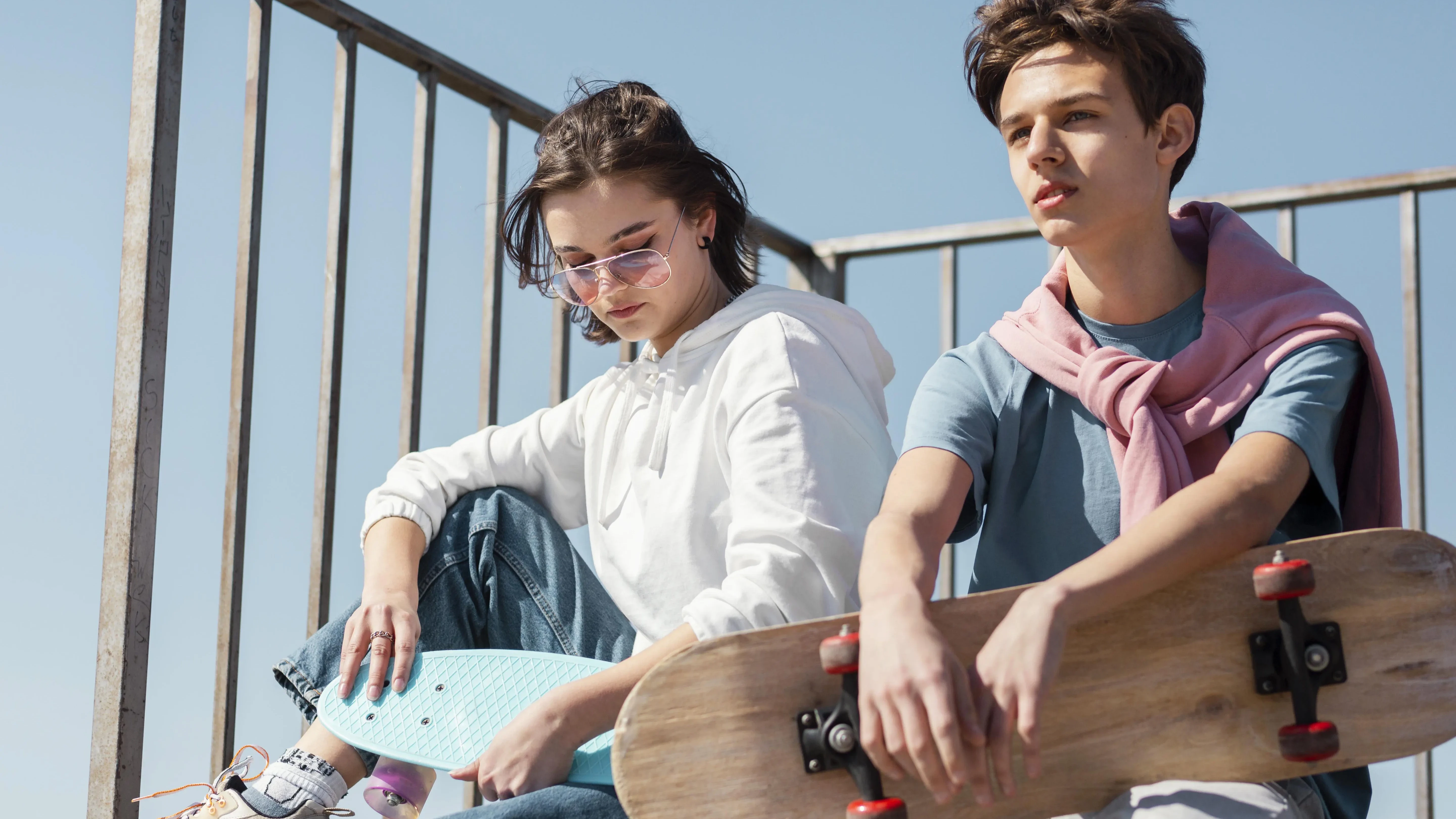
How to Use Minecraft to Learn the Basics of Programming
Minecraft has long been a beloved game among children and teenagers, captivating millions with its endless possibilities for creativity and exploration. Beyond its entertainment value, Minecraft offers a robust platform for educational purposes, particularly in teaching the basics of programming. This article delves into the reasons behind Minecraft's enduring popularity, its educational potential, and practical ways to leverage the game for learning programming. Additionally, it addresses the importance of balancing gadget use with effective parental control strategies.
Why Minecraft Remains Popular Among Children and Teenagers
Minecraft's sustained popularity can be attributed to its unique blend of creativity, exploration, and community engagement. Unlike many other games that offer linear experiences, Minecraft provides an open-world sandbox environment where players can build, explore, and interact in virtually limitless ways. This freedom fosters imagination and allows players to express themselves creatively, whether by constructing elaborate structures, designing intricate redstone circuits, or embarking on adventurous quests.
Moreover, Minecraft's multiplayer mode enhances its appeal by enabling collaboration and social interaction. Players can join servers, participate in cooperative builds, or engage in friendly competitions, creating a sense of community and shared purpose. The game's accessibility across various platforms, including PC, consoles, and mobile devices, also contributes to its widespread appeal, making it easy for friends to connect and play together.
The educational community has recognized Minecraft's potential as a learning tool, further cementing its status as a valuable resource for both entertainment and education. The integration of educational editions and numerous community-developed mods and plugins have expanded Minecraft's functionality, making it an adaptable tool for various educational purposes, including programming education.
The Educational Potential of Minecraft
Minecraft's educational potential lies in its ability to teach complex concepts through interactive and engaging experiences. The game's block-based structure simplifies abstract ideas, making them more tangible and easier to grasp for learners of all ages. Here are some key areas where Minecraft proves to be an effective educational tool:
1. Spatial Awareness and Geometry
Building structures in Minecraft requires players to understand spatial relationships and geometric principles. Designing complex buildings or intricate redstone machinery requires an understanding of dimensions, angles, and proportions, enhancing spatial reasoning skills.
2. Problem-Solving and Critical Thinking
Minecraft presents players with various challenges that require strategic planning and problem-solving. Whether it's surviving in survival mode, navigating through obstacles, or optimizing resource management, players develop critical thinking skills by tackling these in-game scenarios.
3.Collaboration and Teamwork
Minecraft's multiplayer mode encourages collaboration and teamwork. Players often work together to build large projects, divide tasks, and communicate effectively, fostering social skills and the ability to work as part of a team.
4. Programming Skills
Perhaps the most significant educational potential of Minecraft lies in its capacity to teach programming. By introducing coding concepts through the game, learners can grasp programming logic and syntax in a familiar and enjoyable environment.
Getting Started: Using Minecraft to Learn the Basics of Programming
Integrating programming education into Minecraft is both innovative and effective. Here are some steps to get started:
- Choose the Right Edition
To begin, select the appropriate edition of Minecraft that supports educational features. Minecraft: Education Edition is specifically designed for classroom use, offering tools and resources tailored for educational purposes. It includes features like the Code Builder, which integrates with popular programming languages such as Scratch and Python. - Install Educational Mods and Plugins
There are numerous mods and plugins available that enhance Minecraft's educational capabilities. For programming, consider installing mods like ComputerCraft or Redstone Circuit Wizard, which introduce programmable blocks and circuitry, allowing players to write simple programs and automate tasks within the game. - Utilize Online Resources and Tutorials
Leverage the vast array of online resources and tutorials available for learning programming through Minecraft. Websites like Minecraft Code Connection offer structured lessons and projects that guide learners through the basics of coding within the Minecraft environment. Additionally, platforms like Tynker provide engaging coding courses that integrate seamlessly with Minecraft. - Set Up a Learning Environment
Create a conducive learning environment by setting up a dedicated server or realm where learners can experiment and collaborate. Encourage them to tackle programming challenges, such as automating farm processes, creating mini-games, or building interactive structures, to apply their coding skills in a practical context. - Incorporate Programming Challenges
Introduce specific programming challenges that align with the learners' skill levels. Start with simple tasks like creating basic scripts to control character movements or automate resource collection. Gradually increase the complexity of the challenges, encouraging learners to develop more sophisticated programs and projects as they advance.
Learning Programming Through Practice
The most effective way to learn programming is through hands-on practice, and Minecraft provides an ideal platform for this experiential learning. Here are some strategies to facilitate learning through practice:
1. Start with Block-Based Coding
For beginners, block-based coding platforms like Scratch or Minecraft's Code Builder offer an intuitive introduction to programming concepts. These platforms use visual blocks to represent code, making it easier for learners to understand the logic and structure without being bogged down by syntax.
2. Transition to Text-Based Coding
As learners become comfortable with block-based coding, encourage them to transition to text-based programming languages such as Python or JavaScript. Minecraft: Education Edition supports Python integration, allowing learners to write scripts that can interact with the game world, providing a seamless progression from visual to text-based coding.
3. Projects and Challenges
Engage learners with projects and challenges that require them to apply their programming skills creatively. Examples include:
- Automated Farms: Write programs to automate farming processes, such as planting and harvesting crops.
- Mini-Games: Develop simple mini-games within Minecraft, like a maze or a treasure hunt, incorporating programming logic for game mechanics.
- Interactive Structures: Create buildings or contraptions that respond to player inputs through programmed mechanisms, enhancing interactivity.
4. Collaborative Learning
Promote collaborative learning by encouraging learners to work in teams on programming projects. This not only enhances their coding skills but also develops their ability to communicate, share ideas, and solve problems collectively.
5. Regular Feedback and Iteration
Provide regular feedback on learners' projects, highlighting successes and areas for improvement. Encourage them to iterate on their designs, fostering a mindset of continuous learning and improvement.
How to Limit Excessive Use of Gadgets
While Minecraft can be a powerful educational tool, it's essential to manage and limit excessive gadget use to ensure a healthy balance between screen time and other activities. Here’s how to effectively control gadget use:
Importance of Time Management
Excessive screen time can lead to various issues, including decreased physical activity, disrupted sleep patterns, and impaired social interactions. Establishing clear boundaries around screen time is crucial for maintaining overall well-being and supporting healthy child development.
Implementing Parental Control Tools
Utilize parental control applications to monitor and limit screen time effectively. Tools like Kroha offer robust features that allow parents to set time limits, restrict access to specific apps, and monitor usage patterns. By using such programs, parents can ensure that Minecraft and other digital activities do not interfere with other important aspects of their child's life, such as homework, physical activity, and social interactions.
Setting Clear Boundaries and Schedules
Establish and communicate clear boundaries regarding when and for how long children can engage with Minecraft and other gadgets. Creating a structured schedule that allocates time for educational activities, recreational screen time, and offline pursuits helps in maintaining a balanced routine.
Encouraging Alternative Activities
Promote engagement in alternative activities that do not involve screens, such as reading, sports, arts and crafts, or outdoor play. Encouraging diversity in activities supports overall development and prevents overreliance on digital devices.
Leading by Example
Parents and guardians should model healthy gadget use behaviors. Demonstrating balanced screen habits sets a positive example for children, reinforcing the importance of moderation and mindful usage of digital devices.
Educating About Responsible Use
Teach children about the importance of responsible gadget use and the potential risks associated with excessive screen time. Educating them about the benefits of balancing digital activities with real-world interactions fosters self-regulation and informed decision-making.
Conclusion
Minecraft stands out as a versatile and engaging platform that extends beyond mere entertainment. Its potential as an educational tool, particularly in teaching the basics of programming, is immense. By leveraging Minecraft's creative and interactive environment, learners can develop essential programming skills in a fun and immersive way. Furthermore, with appropriate measures such as parental control tools like Kroha and structured time management, the benefits of using Minecraft for education can be maximized while mitigating the risks associated with excessive gadget use. As technology continues to evolve, integrating educational games like Minecraft into learning curricula can pave the way for innovative and effective educational methodologies, fostering a new generation of skilled and creative programmers.
References
1. Minecraft: Education Edition;
2. Tynker – Coding For Kids;
3. Kroha Parental Control – Tools for protecting children online.
By utilizing these resources and strategies, educators and parents can effectively integrate Minecraft into the learning process, harnessing its full potential to teach programming and support overall child development.
Recent articles
Can Blogging Become a Child’s Career? Exploring the Trends
In the digital age, blogging has emerged as a powerful medium for self-expression, education, and even career building. Among the burgeoning trend of young bloggers, a pressing question arises: Can blogging become a child’s career? This article delves into the rising popularity of blogging among children, the benefits and risks associated with it, and strategies for supporting young bloggers, particularly through parental control tools like Kroha.
Adolescence Features and Risk Factors
Adolescence is a critical period in child development, marked by significant physical, emotional, and social changes. Understanding the unique features of this stage, recognizing potential risk factors, and implementing effective support strategies are essential for fostering healthy growth and well-being in teenagers.

